The Reflx Lab light meter is a very simple shoe mount light meter with an LCD screen, 3 buttons, diminutive size and a metal body. It’s also really quite inexpensive. This is going to be a short review, but don’t let that put you off. There’s not much to say, but actually sometimes that’s a good thing.
The first thing to point out about this meter is the price. It’s about £40/$50. That doesn’t make it the cheapest light meter available, but it’s definitely at the lower end of the cost bracket. When I saw the price point, I almost wrote it off. In fact, my mind was only really changed about it when I got it out of the box and discovered that the housing – aside from the battery tray – is made entirely of metal. It doesn’t feel its price at all. It feels solidly built, the buttons have a nice click to them and the movable mount fits nicely into my M4-P. Though I should say, that since it only came with one mount, there will be some cameras it’s a tight fit in, and some it’s loose since there is no alternate mounts an no spring or ball bearing in the mount. It’s also really small. It’s not quite as small as the Hedeco or Reveni, but it’s not far off and looks very neat on top of my M4-P – I think so at least.
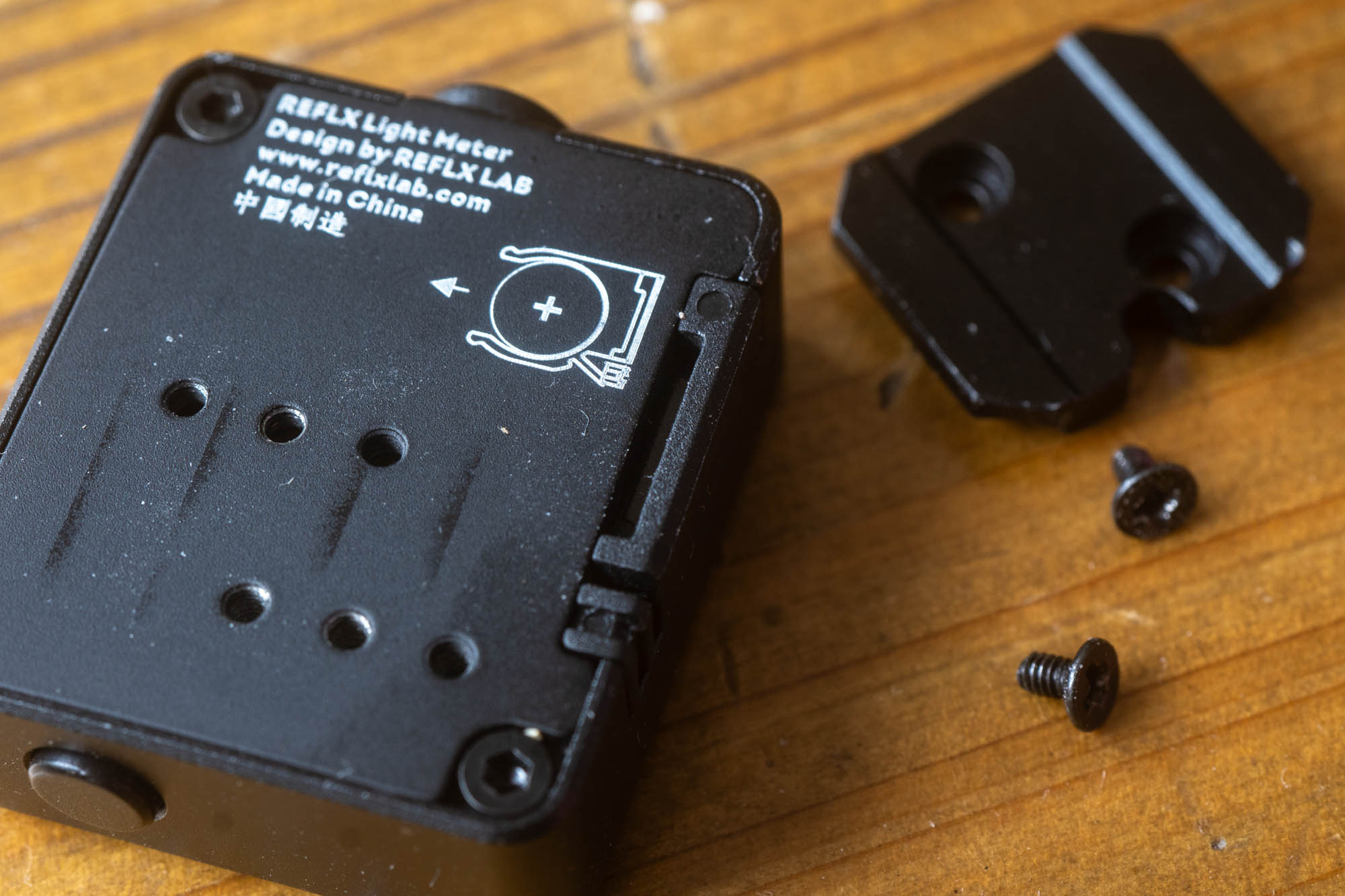
Features
The functionality of the Reflx Lab Light Meter is more in keeping with the price, that is to say it’s pretty limited in its features. Of course, some of the meters I’ve tested such as the Voigtlander VCii are inherently very simple since they only have two “analogue” dials. The VCii is also one of the most expensive meters I have tested, so more money doesn’t always mean more features, though it does tend to when the light meter is digital. This is a digital meter and has very few options. It has an aperture priority mode, a shutter priority mode, the ability to adjust the ISO and exposure compensation.
Metering range
The ISO range goes from 8-6400 in 1/3rd stops, the shutter 30 secs to 1/8000 in full stops and the aperture f/1-32 in 1/2 stops. I’m not sure the logic behind the difference between increments as it means that in aperture priority mode each shutter speed has two possible aperture values to choose from. Initially this made it seem imprecise in aperture priority mode, but I soon realised that if they had chosen full stops for the aperture priority mode too, I’d have not considered the possibility of imprecise readings between stops. And besides, shooting negative film at least, that sort of imprecision – especially with a shoe meter – is pretty meaningless anyway. Importantly, when testing it against my Voigtlander it measured accurate too – which I must admit I did not expect for such a cheap meter. It also seems to work ok in lower light… or at very least the reported range of 1-22ev seems fair.
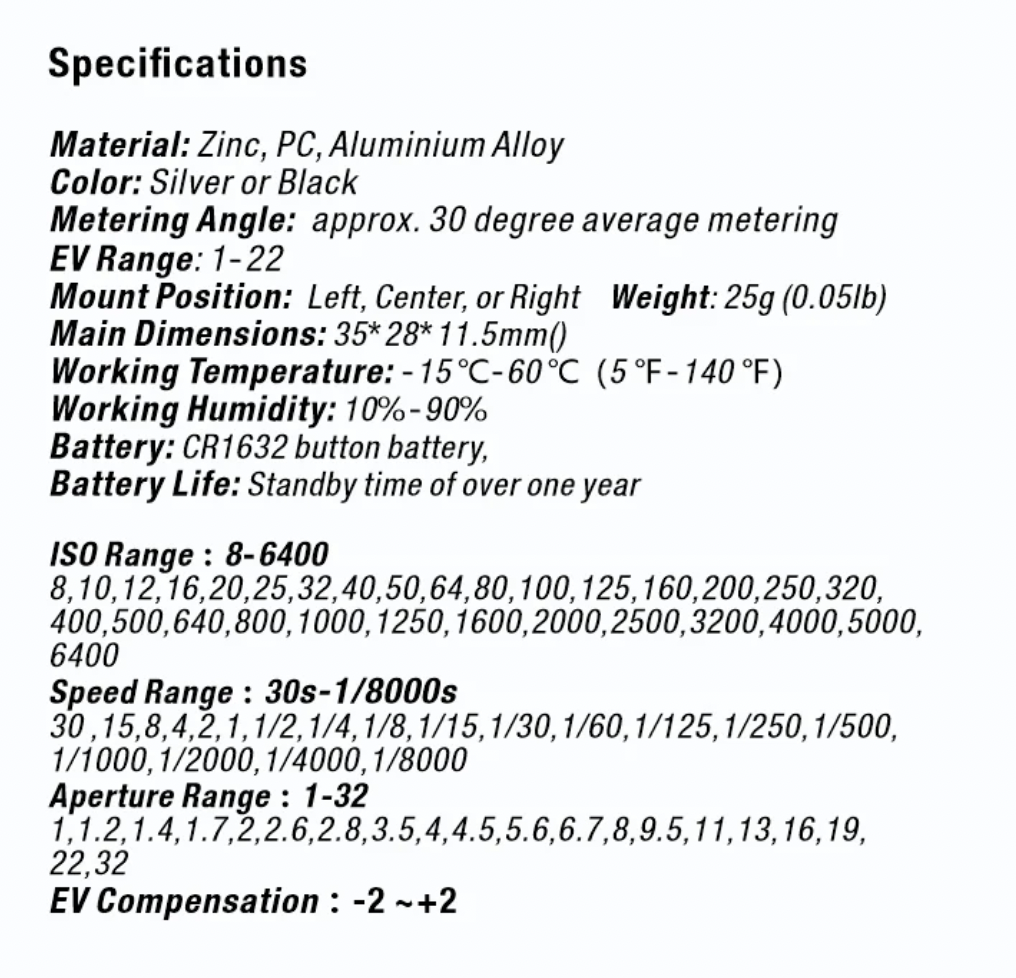
The Reflx Lab Light Meter in use
To say the Reflx Lab Light Meter works well in lower light overall would unfortunately not be totally accurate. Since the screen is LCD rather than the more common OLED, the numbers don’t display lit up and are therefore quite difficult to see in lower light. That being said, the sort of light where you wouldn’t be able to see the readings at all, I’d imagine would be lower than where it would be of much practical use anyway… it just would have been nice to have a little button on the side that lit the screen up in the way a Casio watch LCD is lit. That would have given it solid nostalgia vibes for me too… of course, like a Casio watch, the LCD screen is really nicely visible in broad day light which is often the a complaint that’s levied upon the OLED meters, so I suppose it’s horses for courses really.
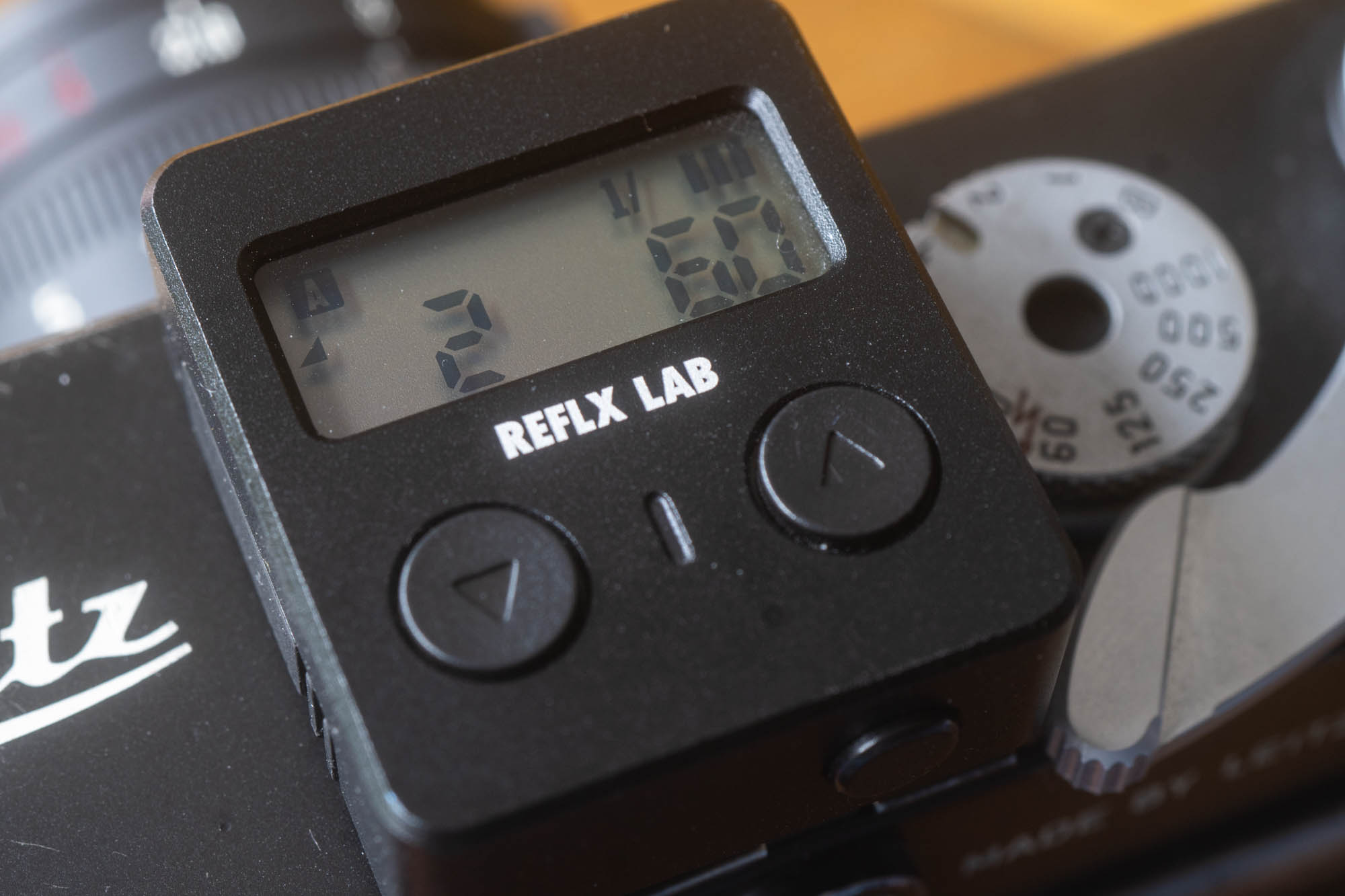
Another foible is what happens when you get to the far ends of the metering range, especially in shutter priority mode. When the aperture settings come to the end of the range, if you continue to click the button the shutter speed keeps changing without the aperture changing to match. Of course, it obvious when this is happening, but the uninitiated might find it a little confusing.
Aside from these foibles the Reflx Lab Light Meter very simple to use. Clicking the button on the back turns the meter on and takes a reading. That reading is locked in until the button is pressed again. Double click the button on the back to switch between aperture and shutter modes. Press and hold the button on the back to activate the exposure compensation. Press and hold the down button switches the meter off – though this isn’t really necessary as it turns it’s self off after a short time anyway. Press and hold the up button allows you to set the ISO. And that’s about it really.
Battery
The final point of note is the battery. Rechargeable batteries in light meters seem to cause outrage in some people, so those people will be happy to know it takes a replaceable button cell that reportedly lasts a year. Though it should be pointed out that the battery is a CR1632 which you are less likely to find in Asda, so it’s worth having a spare if you’re going on holiday etc. it also actually has a battery meter, though that seems to change its mind a little occasionally so I’d not trust it until it gets specifically toward the low end of the bars.
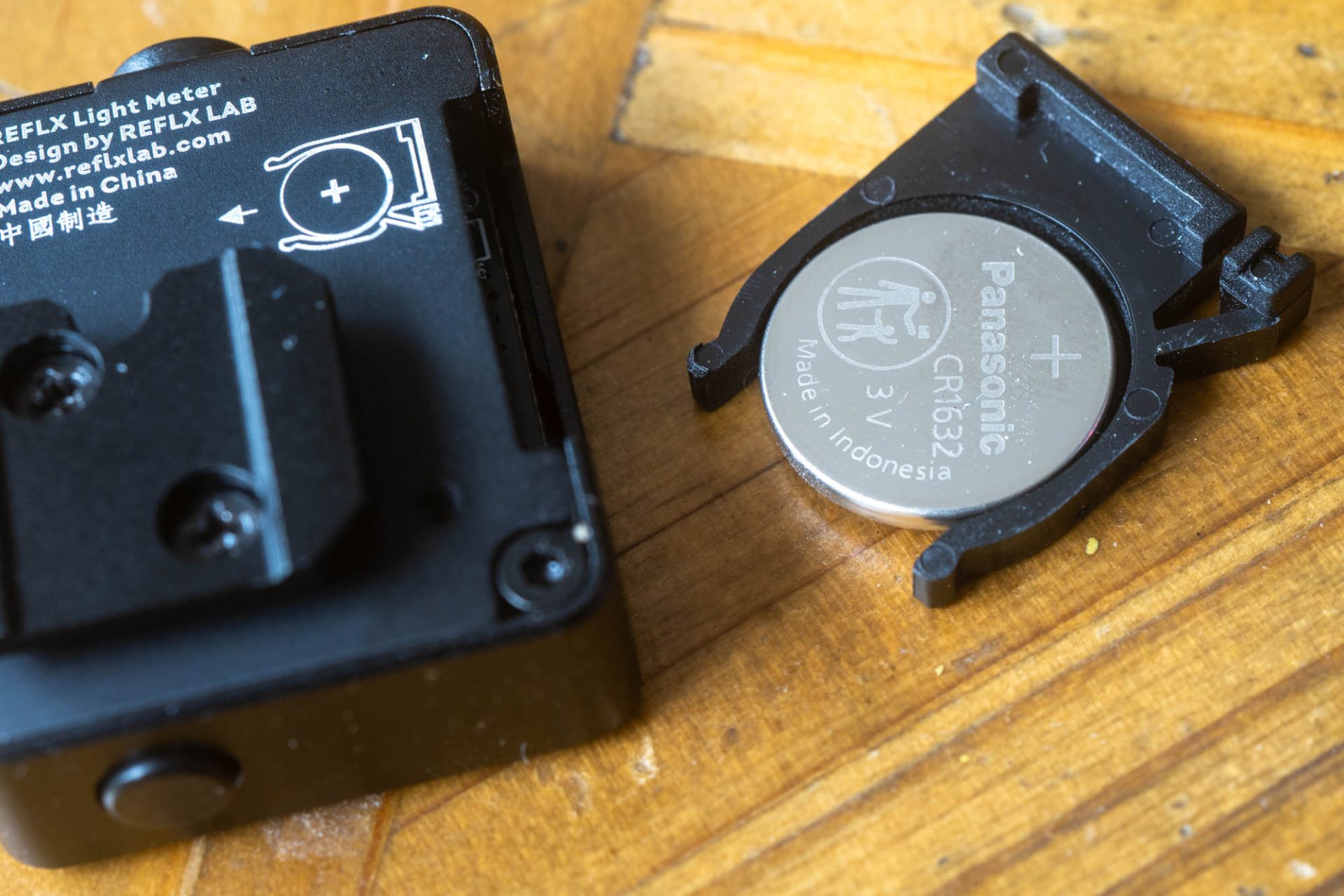
Reflx Lab Light Meter – Final thoughts
I like the Reflx Lab Light Meter. I like it more than I thought I might. It’s true that it has some foibles, but those are readily offset by the low price, nice build quality and smaller size. For some, the battery will be a big factor too. Overall, I think it represents really good value.
If you would like to read more about shoe mount meters, you can see my comparison post here
The Reflx Lab Light Meter is available off their website here
Share this post:
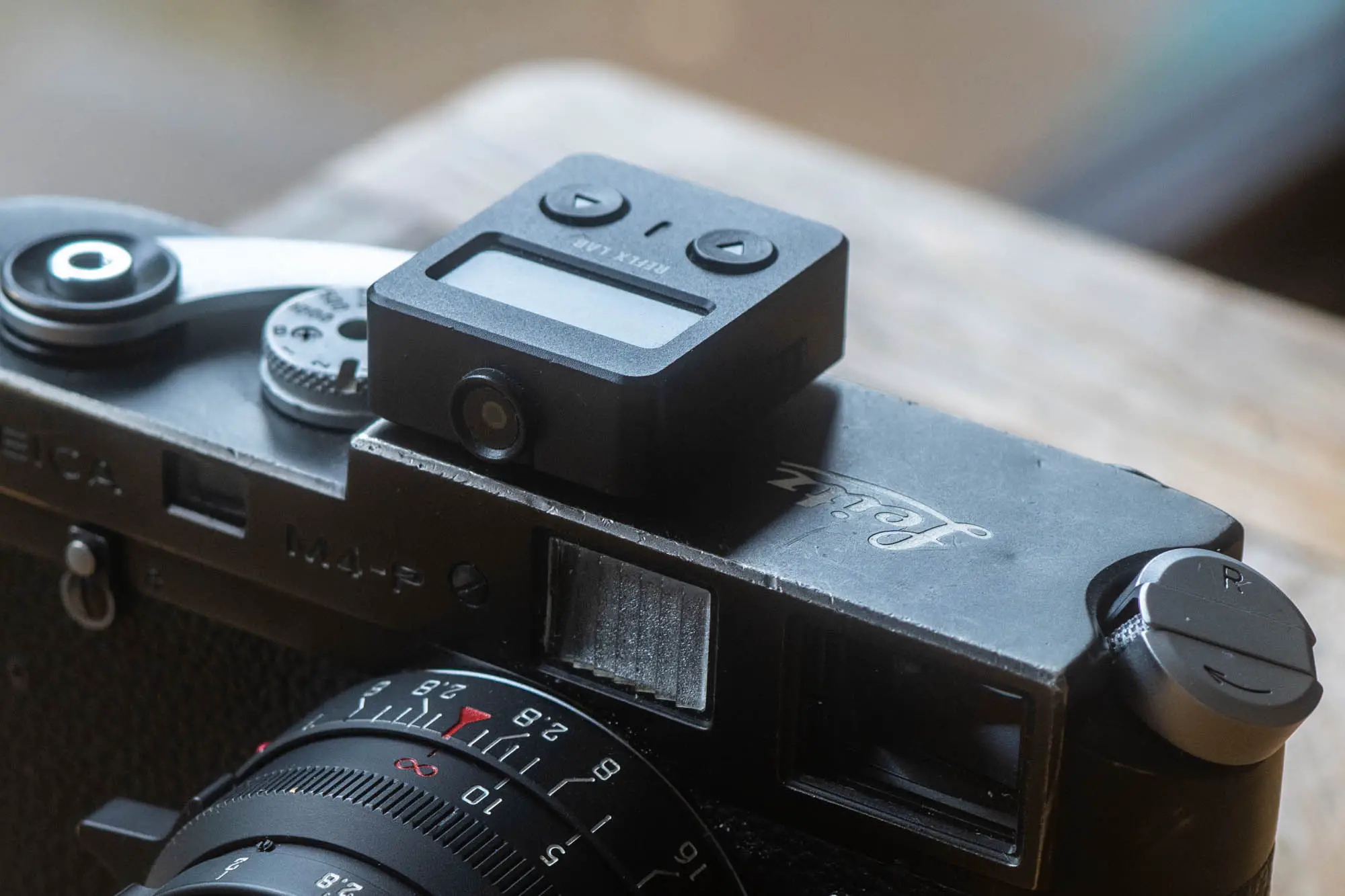


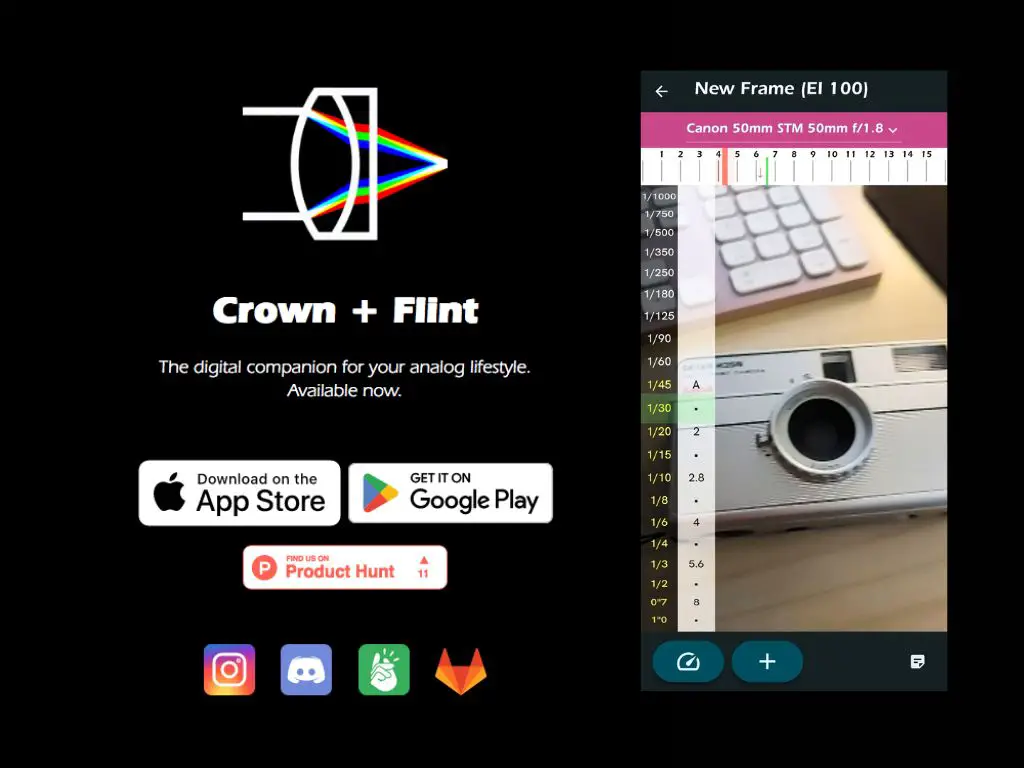
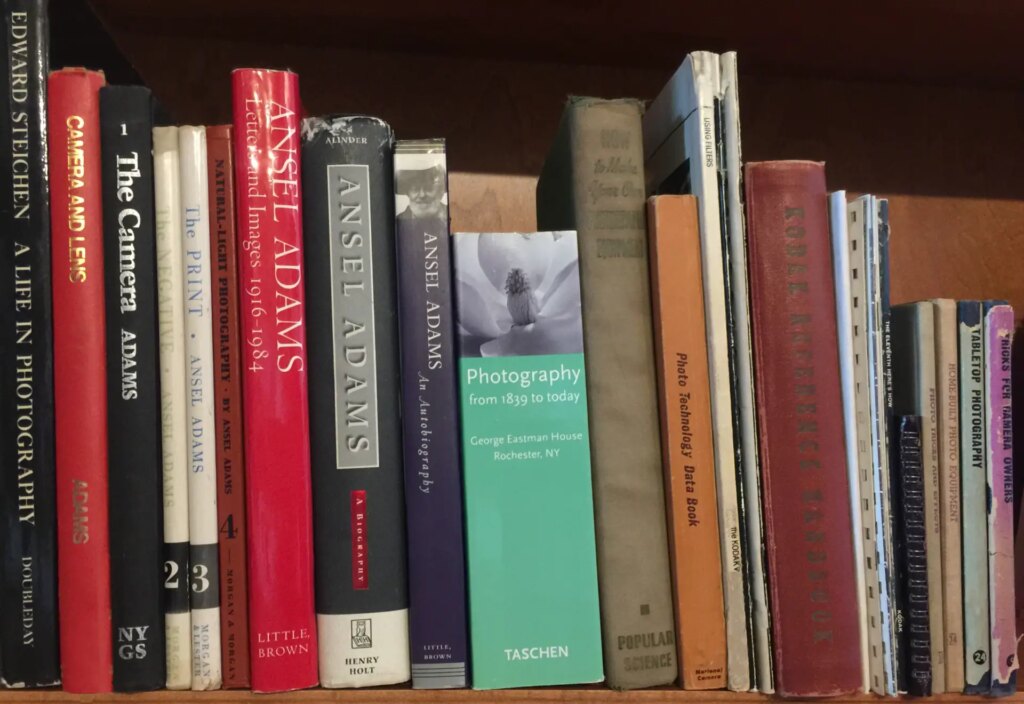




Comments
Nik Stanbridge on Reflx Lab Light Meter Review
Comment posted: 27/10/2023
I bought one of these when it first came out simply because of the price. It’s my first shoe mount meter and sits nicely on my M3. Yes it’s basic but as a walk around tool, I can just press the button for a reading in AP mode and set the camera up accordingly without breaking my stride, so to speak.
It’s been a great replacement for my many and annoying (has to be said) iPhone light meters here on my three moth trip around the Balkans. The meter has worked faultlessly while my M3 has jammed - no idea why and not much I can do about it in Bosnia. Ho hum.
Huss on Reflx Lab Light Meter Review
Comment posted: 27/10/2023
KISS…
Dana Brigham on Reflx Lab Light Meter Review
Comment posted: 27/10/2023
JL Williams on Reflx Lab Light Meter Review
Comment posted: 27/10/2023
A couple of other thoughts:
-- I suspect the mix of full-step shutter speeds and half-step aperture selections was driven by the fact that a prime use case for this type of meter is on an older mechanical camera that either has no meter or a dead meter; such cameras often don't have intermediate shutter speeds or 1/3-step aperture clicks.
-- The CR1632 lithium cell is widely used in car key fobs, so if you can't find one at your local snack shop, try an auto-parts store.
Comment posted: 27/10/2023
davesurrey on Reflx Lab Light Meter Review
Comment posted: 29/10/2023
Thanks for another light meter review in your continuing series. Most of them are quite impressive in what they can do but in all honesty I’d prefer not to attach a hi-tech, menu driven device on one of my old film cameras. Perhaps that’s being stupid and not too logical but aesthetically they don’t seem to blend in.
For those times when I need a meter I have used my big, lumbering, old Gossens or Sekonda, until recently that is. I was browsing flea-bay, as one does, and stumbled upon a mint Voigtlander VCii placed in the wrong category. I won it for not much more than the Reflex Lab goes for! Happy man.
Tim Hancock on Reflx Lab Light Meter Review
Comment posted: 30/10/2023
Dan J Castelli on Reflx Lab Light Meter Review
Comment posted: 30/10/2023
I bought the Reflx meter ($50.00 with shipping.) Not a great outlay of cash, and maybe it was a diamond in the rough.
The online "instruction book" was nothing more than how to set-up the meter. My meter is at least 1 stop off, slow to respond to changing light and the LED readout is dim and difficult to read. The meter readout could be simplified by reducing the excess number of f/stops and shutter speeds you need to cycle through. I may have received an early production model, but it's pretty useless for my use. Too much of a fiddle factor.
I'll probably buy the TT Artisans meter through B&H Photo. At least I'll have the option of an easy return.
John Salmon on Reflx Lab Light Meter Review
Comment posted: 01/04/2024
Kodachromeguy on Reflx Lab Light Meter Review
Comment posted: 28/10/2024
1. The display numbers are really small. They are at the limit of what I can read without my reading glasses. But that is a personal issue, not a fault of the meter).
2. The unit is well made and the buttons solidly clicky. Well done.
3. The aperture numbers are goofy. On my Sekonic and Gossen digital light meters, an intermediate aperture value is shown as the full number and a smaller digit, representing tenths. For example, half way between 11 and 16 would show as 165, with the 5 being smaller. On the Reflx, this would be 19. I need to think about these in-between numbers. I am used to the greater precision of the value in tenths, but, as Hamish noted above, with a negative film, it will not make any difference.
4. The little Reflx approximately matches my two Gossen and one Sekonic digital display meters. Those three are amazingly close, within 0.2 or 0.3 EV ranging from brilliant sunshine to deep shadow. The old meters use a silicon sensor. I do not know what cell is used in the electronics of these new tiny shoe-mount meters. The spectral response may be a bit different.
5. For shoe-mounting on a Leica M, the old LeicaMeter MR4 was more convenient than these new meters because the dial coupled to the shutter speed dial on the camera. The MR4 was a bit fiddly to mount because you had to engage the pin in the slot on the camera's speed dial. And the MR4 used a CDS cell that needed a 1.35volt mercury cell as a calibration constant. Sadly, many of the LeicaMeters have been ruined by leaking batteries.
6. This tiny Reflx may be best suited to a thread-mount Leica body as it will barely change the overall size.
7. I wish the two-dial meters had larger numbers on the dials. Maybe the Voigtlander would be all right, but it is much more expensive than the Reflx.